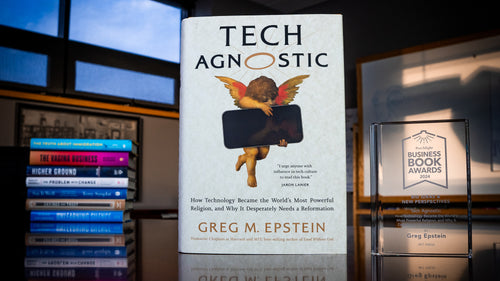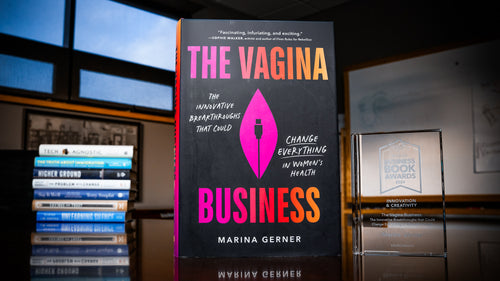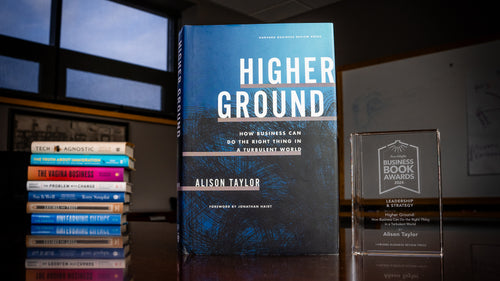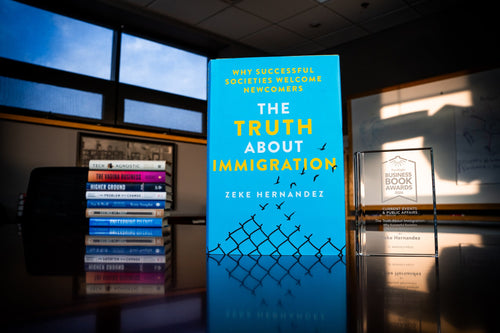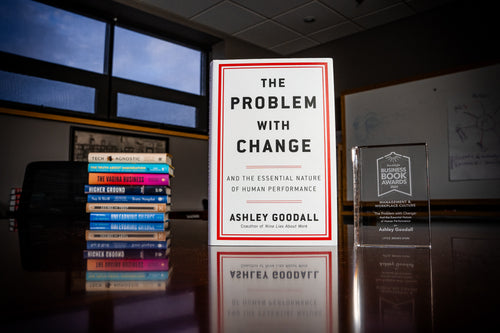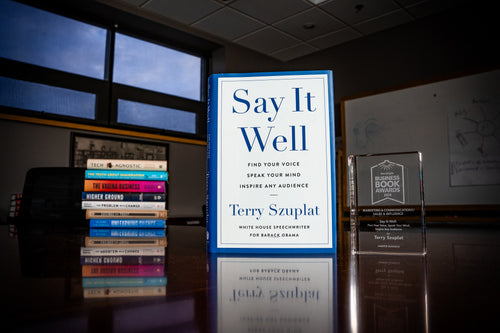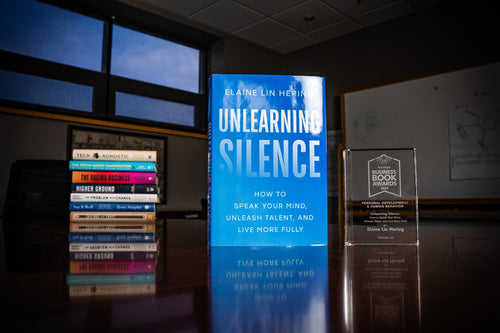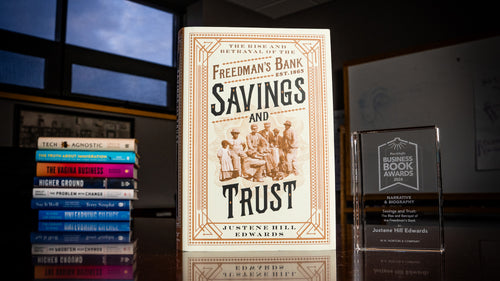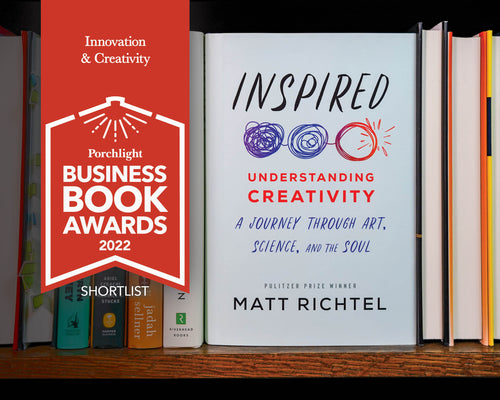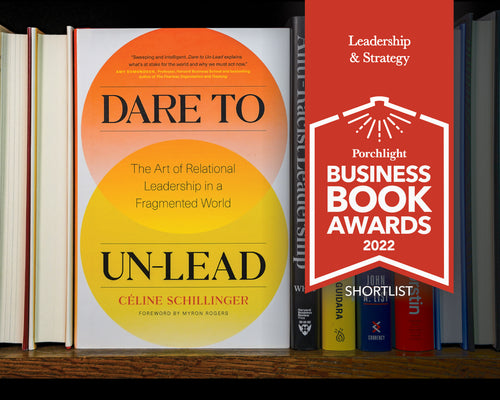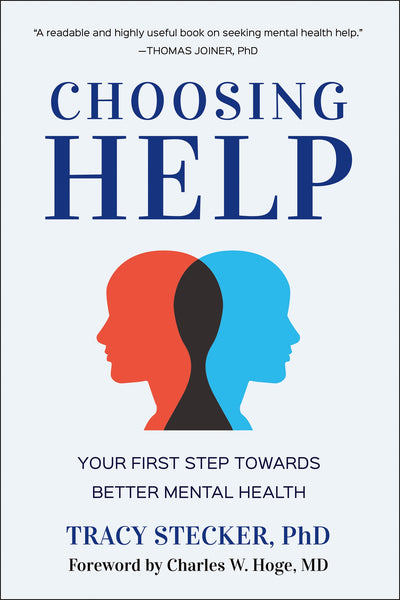An Excerpt from The Whole Story
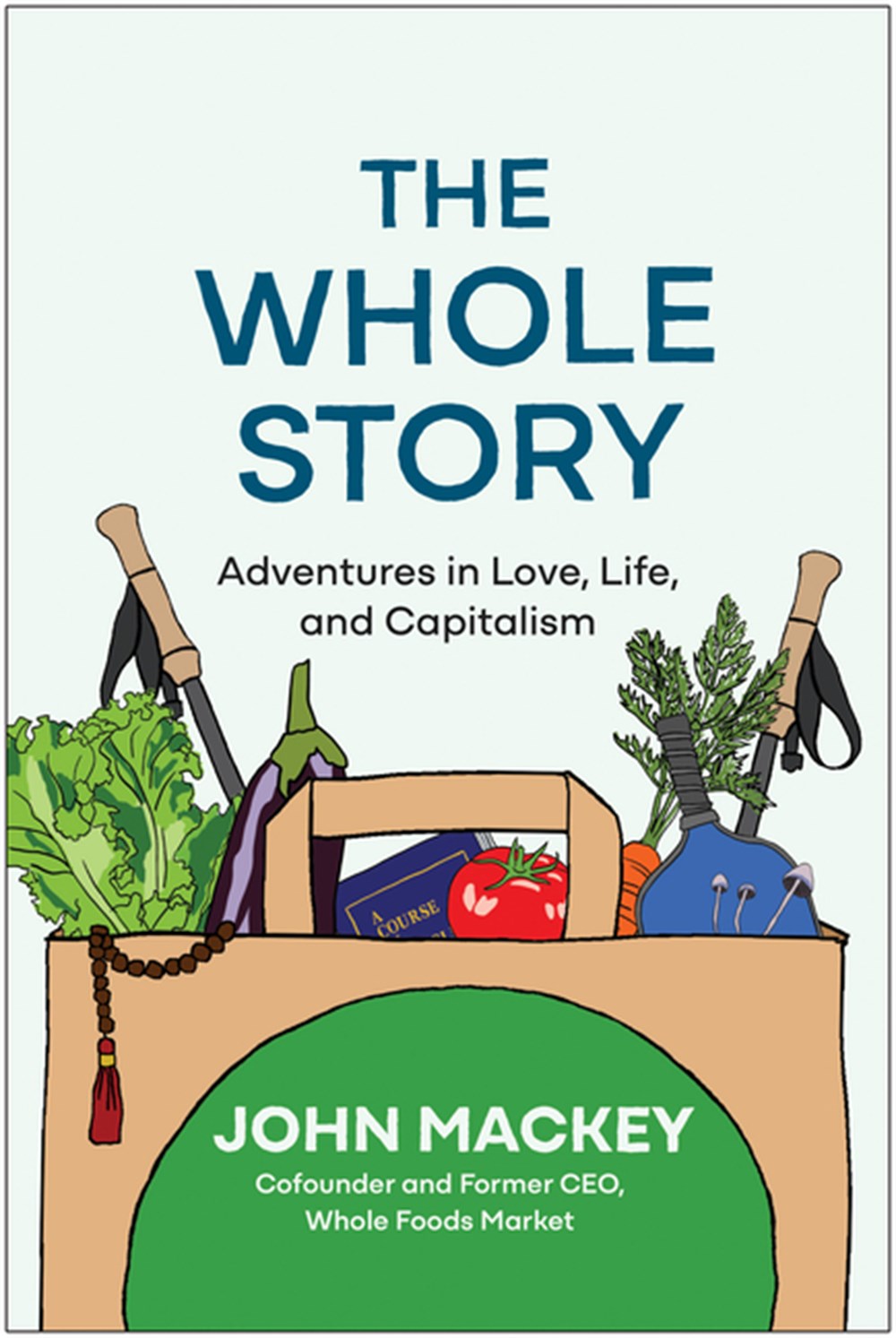 The growth of Whole Foods isn’t just a business success story—it’s the story of a retail, cultural, and dietary revolution that has forever changed the industry and the way we eat. After more than four decades at the helm, John Mackey is ready to share never-before-told tales of the people and passions behind the beloved brand.
The growth of Whole Foods isn’t just a business success story—it’s the story of a retail, cultural, and dietary revolution that has forever changed the industry and the way we eat. After more than four decades at the helm, John Mackey is ready to share never-before-told tales of the people and passions behind the beloved brand.
The Whole Story invites readers on the adventure of building Whole Foods Market: the colorful cast of idealists and foodies who formed the company’s DNA, the many breakthroughs and missteps; the camaraderie and the conflict, and the narrowly avoided disasters. Mackey takes us inside some of the most consequential decisions he had to make and honestly shares his regrets looking back.
In this excerpt from Chapter 13, Mackey reflects on a pivotal moment of expansion for Whole Foods Market, in awe of his personal growth from a young, scrappy entrepreneur to a successful CEO.
◊◊◊◊◊
Sometimes in business you have to build things from the ground up. Other times, you can take legitimate shortcuts. In early 1986, having opened four Whole Foods Markets that were now doing well, I was excited to have found an opportunity for a shortcut to store number five. I showed up at a Board meeting at the Shepherd store in Houston ready to propose an acquisition—our first since merging with Clarksville Natural Grocery back in 1980.
The Board, by this point, had expanded. In addition to myself and Craig, my father, Don Schaffer, Jim Sud, and Jay Templeton, fellow travelers, and mentors from the beginning, we now had three new directors: Anthony Harnett, founder of Bread & Circus; Gary Hoover, founder of Bookstop; and Jack Bixby, a friend of my father’s, who had been CFO of an oil and gas company. My father was still the most influential member of the Board, and his advice continued to be invaluable to me as the company grew. But little by little, the Board was becoming more formal and corporate. This was no longer the small “band of brothers” of Safer Way and Whole Foods Market’s startup years.
My proposal that day was that we move into the Dallas market by acquiring a business named Bluebonnet Natural Foods. “They’re a copycat store,” I explained to the Board. “They tried to replicate our success but they’re not doing very well. They leased a large space and basically copied our format, but while they have pretty good sales, they’re losing money.” To me, this was good news. It meant they didn’t know how to run the business. It was one thing to copy our format but another thing altogether to re-create everything we were doing behind the scenes to make the business successful and profitable—our culture, our business model, our supplier relationships, and more. Because we had those things established already, it stood to reason that we could make their store a success even if they couldn’t. And we could benefit from the fact that they’d already put so much in place. I’d talked to the owners, and they seemed keen to sell.
I looked around at the Board. “I think it’s a great opportunity for us. It might not be long before they go bankrupt.”
Several Board members scanned the proposal Craig and I had put together. It outlined the basic terms of the deal we envisioned, including a purchase price: $1 million.
Jim spoke up. “John, I like the idea of expanding to Dallas. But let me ask you something: a million dollars seems like a lot to pay for a struggling business. Is this a situation where we could buy it for pennies on the dollar in six months or a year? Is it really a fair price?”
I’d anticipated this question. A million dollars was a lot of money. But I was confident we could recoup it quite quickly. After all, our Houston store was beginning to perform very well, and Dallas wasn’t such a different market. Bluebonnet was also located in an ideal spot. But there was another reason I had come up with that number. I was reasonably certain it could get the deal done.
“It’s a great question,” I replied. “And you’re right. Maybe we could wait and pick up the business for cheap in bankruptcy. But here’s my thinking: What would we be getting then? A broken carcass, with debtors attached, and frustrated customers who are already finding other places to shop. Team members who have quit or feel angry. Whereas, if we buy them now, at a decent price, we’ll own a business that still has a lot of value and will be easier to turn around. We could buy them in a year when they’re almost dead; I want to buy them now while they’re still alive.”
I could see that the Board members were receptive to my argument. And I felt confident in the logic behind it. In that moment, it struck me how far I’d come personally from the idealistic but naïve young man who’d first attended a Board meeting with his father and a couple of sympathetic friends. I’d grown into my role as CEO. I wasn’t looking to the Board to tell me how to lead the company, although I still valued their advice. I was telling them what I’d concluded about our best next step.
“I think the way to look at this is not just about what they’re getting. It’s what we’re getting.” We’d eliminate a potential competitor and gain an established store with decent sales in a large, new market. This would help to cement our position as the leading natural foods retailer in Texas. Yes, we would have to work hard to make the store profitable—shortcuts only go so far—but I was confident we knew how to accomplish that. By writing that million-dollar check, we’d expand the footprint of the company overnight by 20%, without having to do the work of finding a location, negotiating a lease, and building out a store.
Confident that my case was being heard, I brought the pitch to a close: “In a couple of years, a million dollars will look like nothing for this fantastic location and established customer base. I like to think of it as a win-win deal. It’s a win for us, and it’s definitely a win for them.”
My brief speech had been the product of a great deal of thinking and talking about this acquisition—and about acquisitions in general. Somewhere I had come across this notion of a “win-win solution,” which really appealed to me. It was already shaping the way I thought about all kinds of business deals. Of course, there was a school of thought that said, “Negotiate to the final dollar. Drive the hardest bargain you can.” Sometimes that works; sometimes it blows up in your face. I was interested in a different approach. Instead of asking “What is a fair price?” or “What is the least I can pay?” I thought it was more productive to ask two questions. First, “What price will get the deal done?” Second, “Am I willing to pay it?” Find a number that can work for both sides, and that represents a win-win outcome. Later, I would learn that this is Warren Buffett’s approach to dealmaking as well and I carefully studied his thoughts on the matter.
Another important aspect of acquiring a business, and one that was brought home to me in the Bluebonnet deal, is the simple truth that we all are irrational when it comes to valuing our own businesses. There is no point spending precious time trying to convince a business owner that their business is not worth what they think it is. That’s a perfect recipe for conflict and frustration. Again, the better option is to ask oneself, “What price is enough to convince them to sell, even though it might not be as much as they think they should get? And am I willing to pay that price—or something close to it?” It simplifies negotiations. The price we were willing to pay for Bluebonnet was a million dollars. I was pretty sure they would accept it, even though I knew they’d still think it was too low. Of course they would! That store was their baby. Every entrepreneur, like every parent, has overly optimistic assessments of the quality and future potential of their offspring. I received approval from the Board to make a million-dollar offer to the Bluebonnet folks. I hoped they’d see that it was a great deal for both of us.
I planned to head back to Austin that evening, but before I left, I dropped by my parents’ house. Pulling up outside, I recognized my sister’s car. Dorothy was spending more time at the house these days, since she and her second husband, Jean-Claude Lurie, had moved to Houston a couple of years earlier. I was glad they were here—it was good to have Dorothy close, especially since my mother’s recent stroke had confined her to a wheelchair. And Jean-Claude, who now worked at Whole Foods leading the Shepherd store, had become a dear friend and mentor—like an older brother to me. A wise and charming man, he had endured the Nazi occupation of Paris as a teenager, forced to drop out before starting high school to avoid using his mother’s Jewish name and risking arrest. He won first prize in violin at the Paris Conservatory but had no formal education. He was one of the most brilliant men I ever met, as well as a wonderful father to my nephew Andy. I loved staying in their garage apartment every time I visited Houston and watching sports with Jean-Claude or shooting hoops in the driveway after work.
Stepping inside, I went straight to my mother. “Mom, it’s great to see you! How are you feeling?” I kissed her on the cheek, nodding to my sister and Jean-Claude, who were both standing nearby. Even after hearing about her recent struggles, I was surprised to see how gaunt she was, and how much older she looked.
She smiled weakly. “Hi, John, how did your meeting go? Your father hasn’t come home yet.”
“It went well. The Board approved my plan. We’re expanding again, this time to Dallas.”
“Well, that’s good to hear. Dallas is a big city for sure.” Her voice lacked enthusiasm. She turned to Jean-Claude, gesturing toward me with a hand that held a lighted cigarette. “This one has such a good mind. I tell you; he could do anything with it. Law. Medicine. Finance. Politics.” She took a drag and shook her head. My mother still couldn’t accept my chosen profession.
I was long past arguing this point with her, but Jean-Claude was having none of it. He threw up his hands in an exaggerated Gallic gesture of dismay. “John is doing amazing things! Whole Foods Market is becoming a large, impressive business.”
I appreciated the support from my brother-in-law. But for all the impression it made on my mother, Jean-Claude might as well have been speaking French instead of heavily accented English. I decided to change the subject.
“Mom, you must be enjoying having Dorothy living nearby again. Andy is getting bigger by the day.”
The mention of her grandson’s name immediately softened my mother’s face, and the conversation moved back onto less contentious ground. My father soon returned, and as we sat down to dinner, he put a hand on my shoulder.
“You did well today, son. I like the way you’re thinking.”
Excerpted from The Whole Story: Adventures in Love, Life, and Capitalism.
Copyright © 2024 by JM & DM Enterprises, LLC.
Published by Matt Holt, an imprint of BenBella Books, Inc.
All rights reserved.

